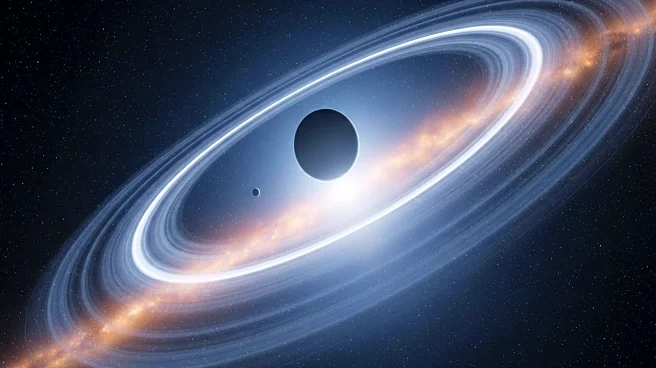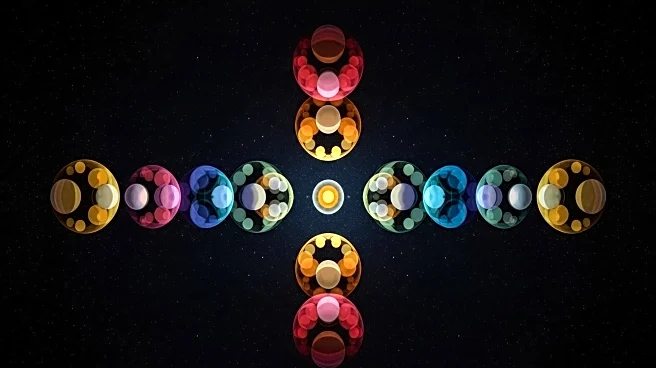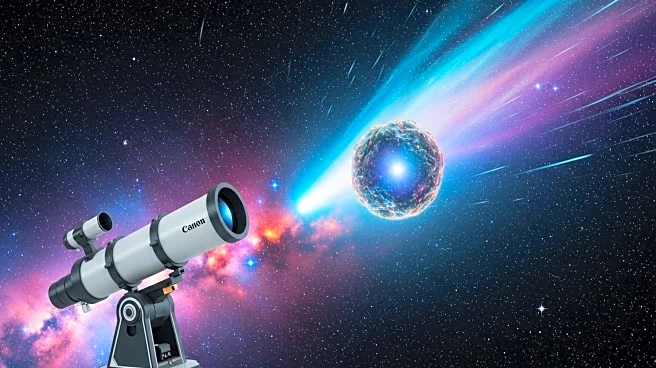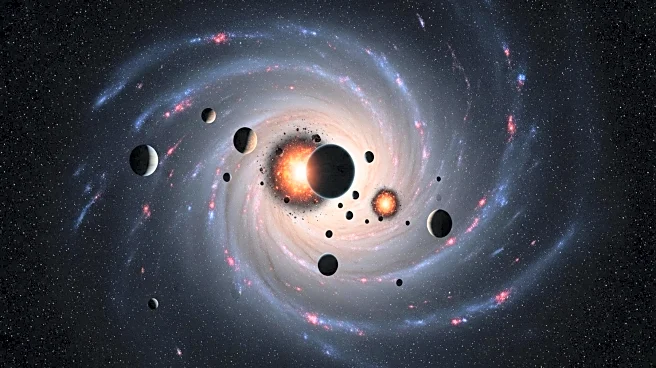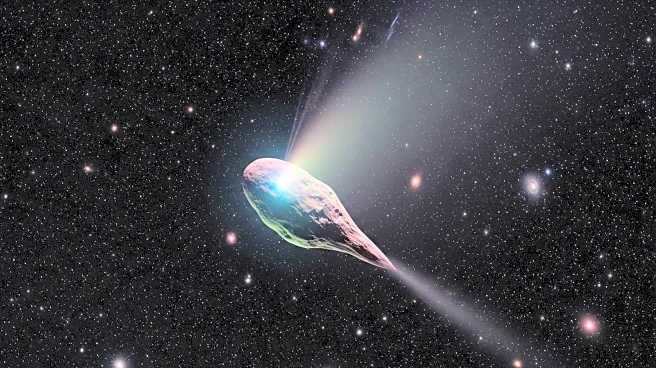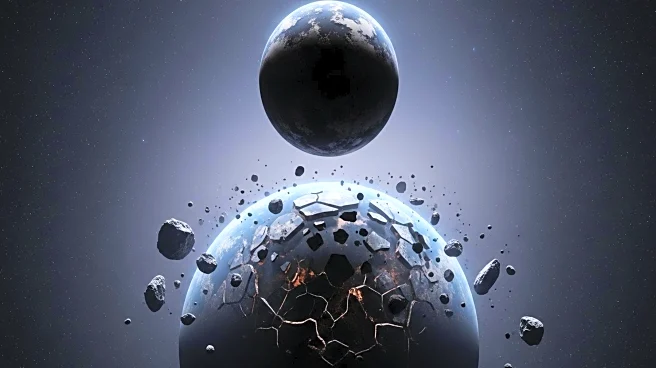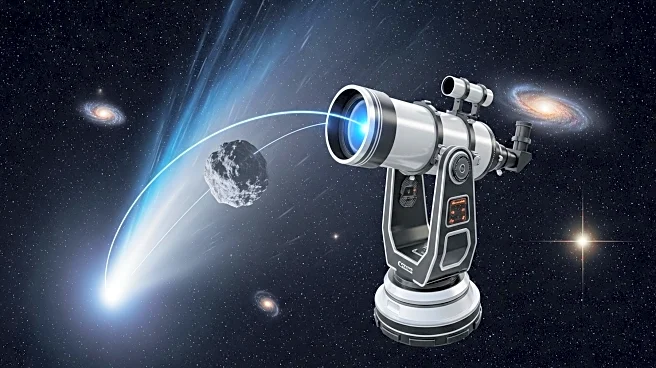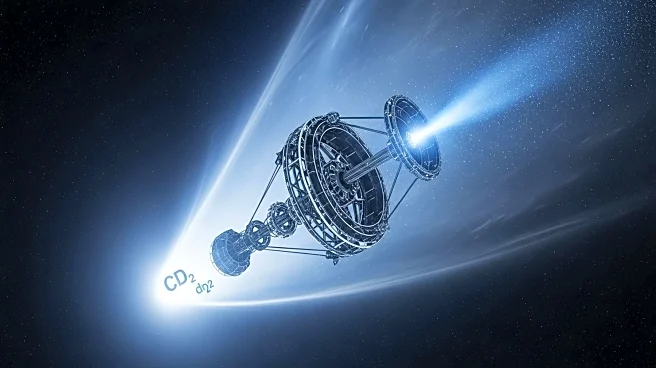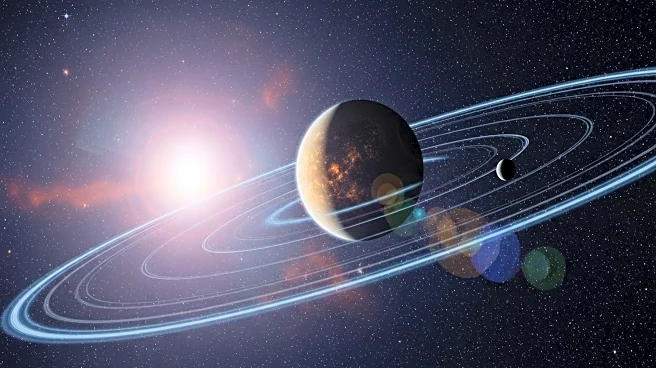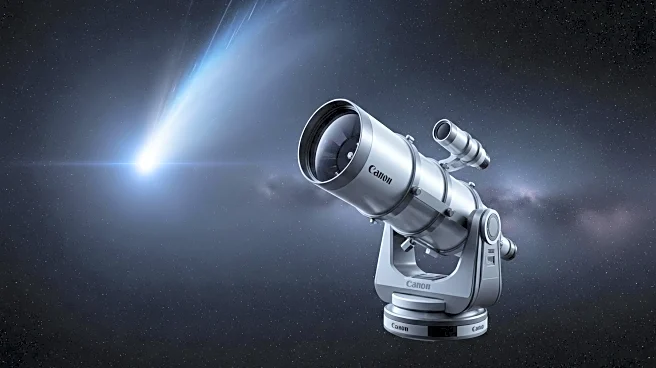Rapid Read • 6 min read
The James Webb Space Telescope has captured images of the Butterfly Nebula, revealing the formation of cosmic dust particles that are the building blocks of planets. Located 3,400 light-years away in the constellation of Scorpius, the nebula is the remnant of a sun-like star that has exhausted its nuclear fuel. The telescope's Mid-Infrared Instrument detected grains of crystalline silicate dust, larger than typical interstellar grains, suggesting the beginning of planet formation. The nebula also contains polycyclic aromatic hydrocarbons, which are significant in the chemistry of star-forming regions.
AD
This discovery provides valuable insights into the processes that lead to planet formation around young stars. The presence of larger dust grains indicates the early stages of planet-building, offering a glimpse into the lifecycle of stars and the creation of planetary systems. Understanding these processes is crucial for comprehending the origins of planets and the potential for life elsewhere in the universe. The findings also highlight the role of dying stars in contributing to the material that forms new stars and planets.
AD
More Stories You Might Enjoy
